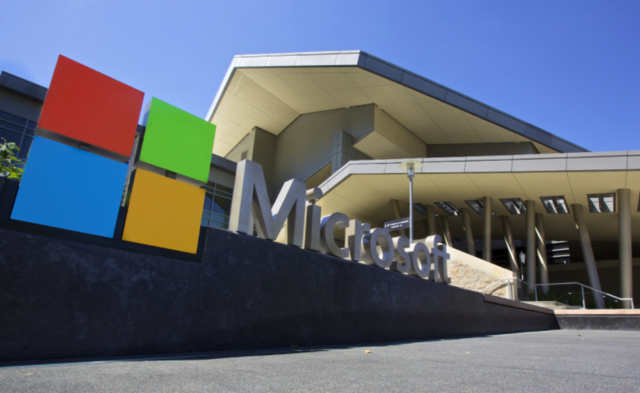Though tech giants Microsoft, Amazon and Google typically vie against one another to become a collaborator’s sole cloud provider, they’ll be working in harmony for once to support the National Institutes of Health’s biomedical research work.
Several years after the NIH tapped Amazon Web Services and Google Cloud to provide cloud computing and storage services to the Science and Technology Research Infrastructure for Discovery, Experimentation and Sustainability, or STRIDES, initiative, Microsoft Azure has come aboard as well.
The initiative was launched in 2018—with Google Cloud as its original cloud partner—to give biomedical researchers easier access not only to huge datasets from around the world but also to the processing tools needed to analyze such massive databases.
Now, researchers based at and funded by the NIH will be able to use Microsoft’s cloud resources to support their biomedical studies.
The NIH added a third cloud computing services provider to its roster because of the sheer amount of data available to its affiliated researchers. Microsoft Azure’s software is needed to kick up the horsepower to keep the STRIDES initiative moving toward its goal of improving efficiency and discovery in biomedical research, according to Andrea Norris, chief information officer of the NIH and director of the Center for Information Technology.
Since the launch of STRIDES, researchers have used Google and Amazon’s services to study more than 115 petabytes of cloud-hosted biomedical data, spanning more than 83 million hours’ worth of computational resources.
“The cloud can help democratize access to high-value research data and the most advanced analytical technologies for all researchers. Expanding our network of providers and access to the most advanced computational infrastructure, tools and services provides the agility and flexibility that researchers need to accelerate research discoveries,” Norris said in a statement.
Adding Microsoft Azure’s cloud computing power will help with storage of databases like the National Library of Medicine’s 43-petabyte Sequence Read Archive of genomic data, for example. Researchers will also be able to use Microsoft’s machine learning and other artificial intelligence tools to more rapidly comb through and draw out the most relevant insights from that data.
“We often risk losing the value of biomedical data because of the sheer volumes being generated and digitized around the world. By leveraging cloud and artificial intelligence capabilities, biomedical researchers are able to quickly identify and extract critical, lifesaving insights from this sea of information,” said Toni Townes-Whitley, president of Microsoft’s U.S. regulated industries business.
This year has already been a big one for Microsoft’s cloud-based forays into healthcare. Right off the bat, in January, the Big Tech company signed on as an equal partner in operating and developing the Terra biomedical research platform established by MIT and Harvard’s Broad Institute and Alphabet’s life sciences arm, Verily.
Just a few months later, Microsoft laid out plans to buy Nuance Communications, which develops speech recognition and conversational AI software. The $19.7 billion buyout will place Nuance in the shade underneath the Azure cloud, augmenting the capabilities of the Microsoft Cloud for Healthcare, which was unveiled in late 2020.

